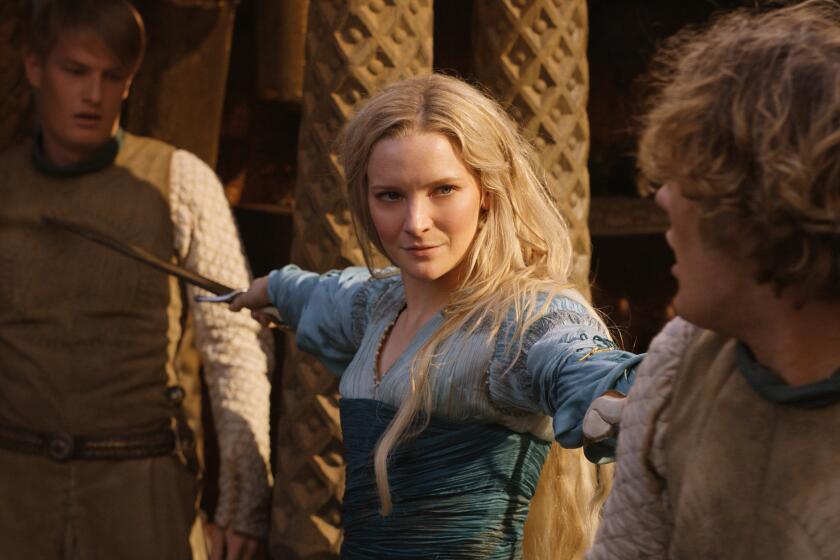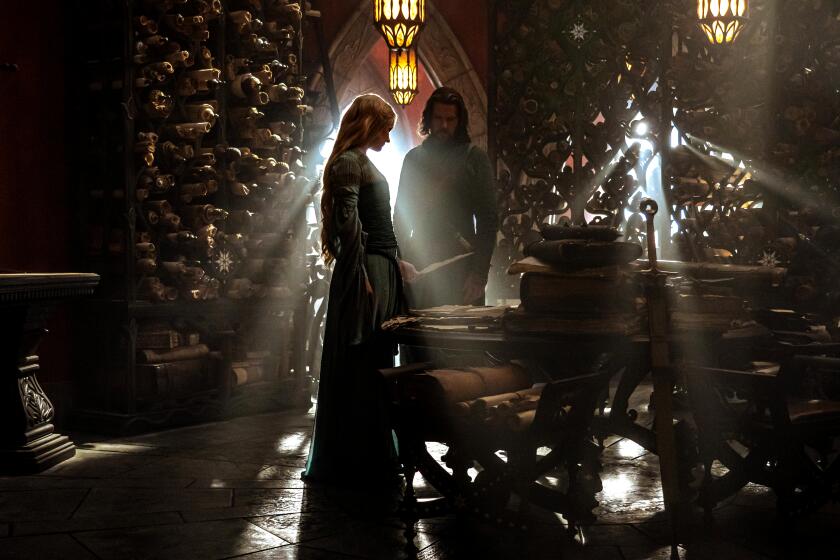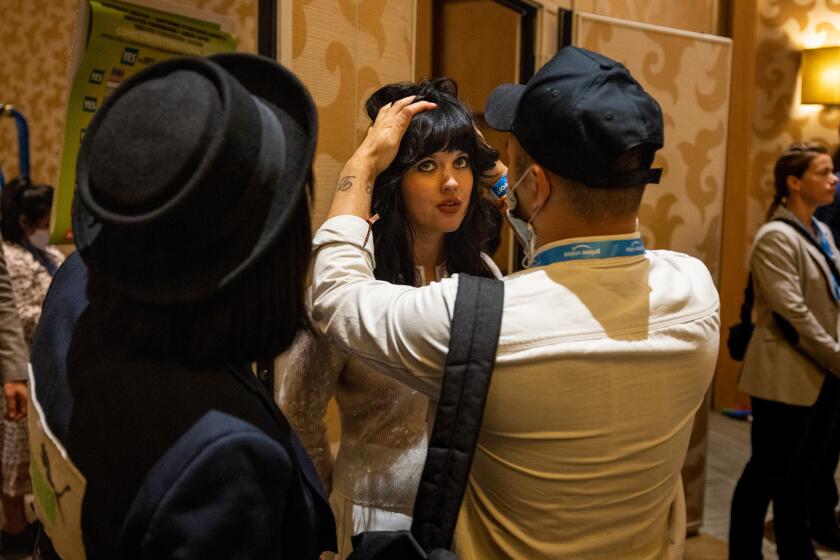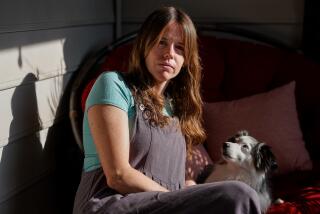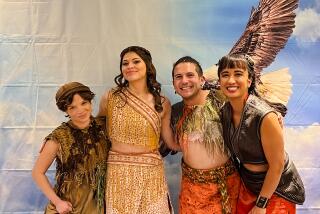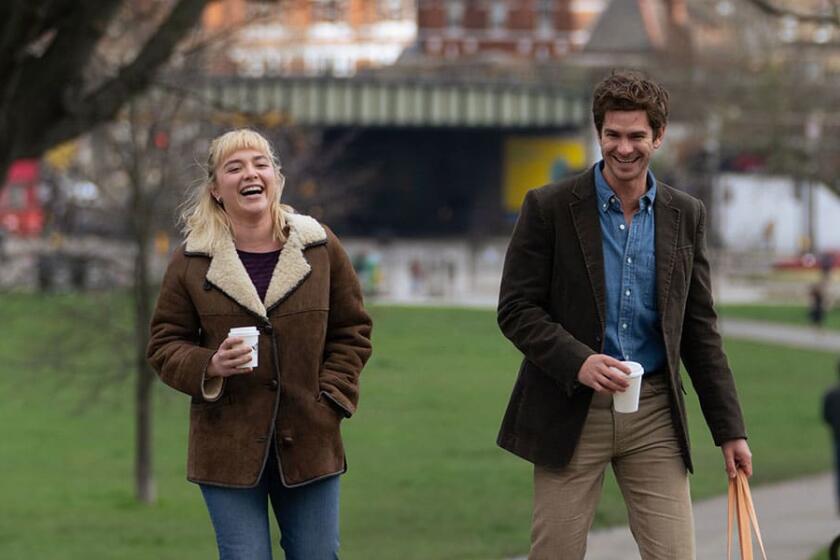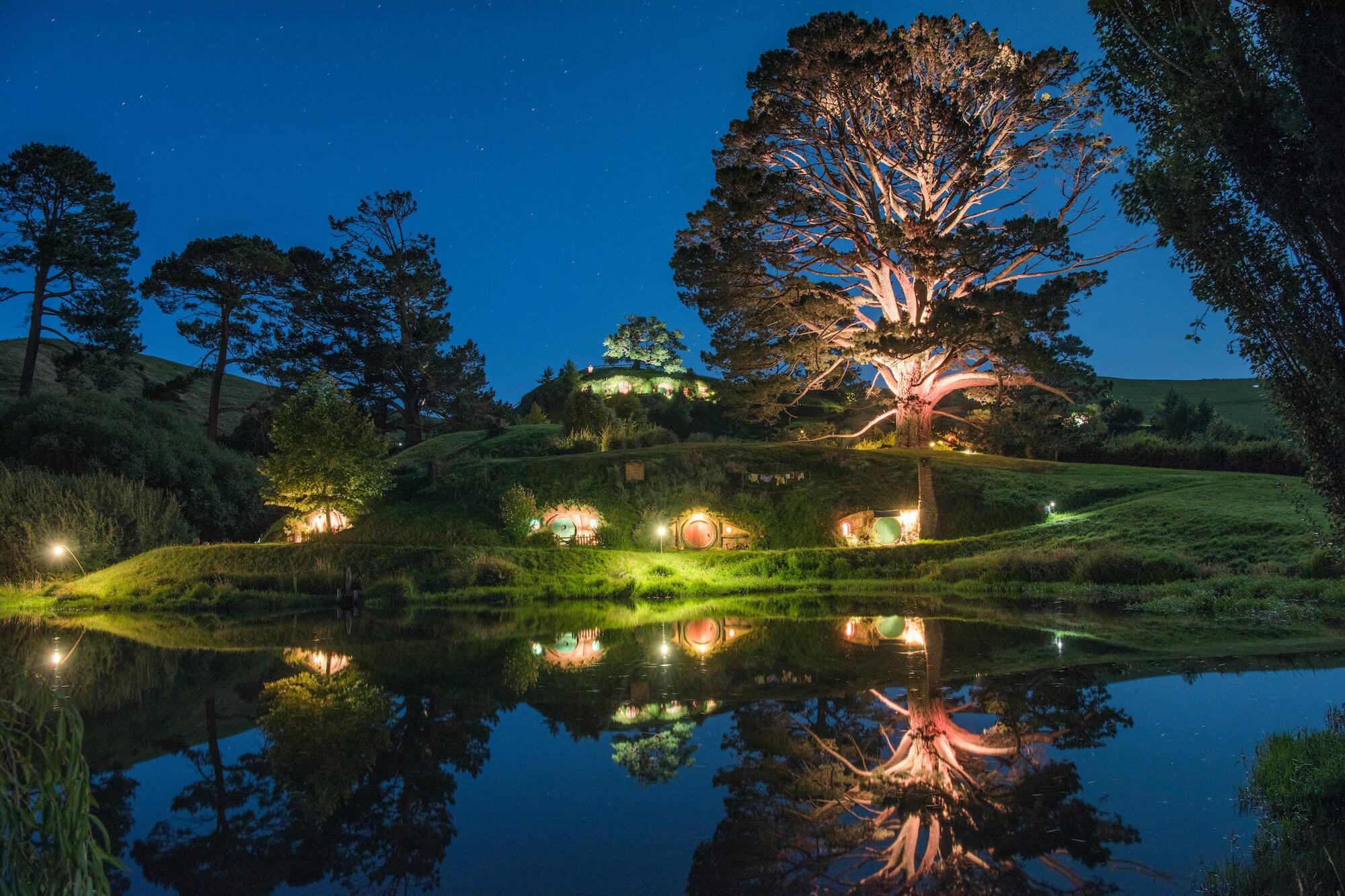
WELLINGTON, New Zealand — New Zealand was primarily known abroad for its sheep, its wine and its rugby team on the September day in 1998 that filmmaker Peter Jackson’s helicopter landed on a sprawling family farm about 100 miles south of Auckland.
The country’s film industry was another matter: Though New Zealand had produced crossover successes like Jackson’s “Heavenly Creatures” and Jane Campion’s Oscar winner “The Piano,” it was nearly as far from the thinking of Hollywood studios as it was from Hollywood itself.
But that was about to change.
The lush farmland on which Jackson’s crew alighted would soon become the backdrop for “The Lord of the Rings,” one of the most ambitious, influential and profitable film series ever made. And in the two decades since the release of “The Return of the King,” the Oscar-winning final film in Jackson’s trilogy, New Zealand has become a major player in the global motion picture industry.
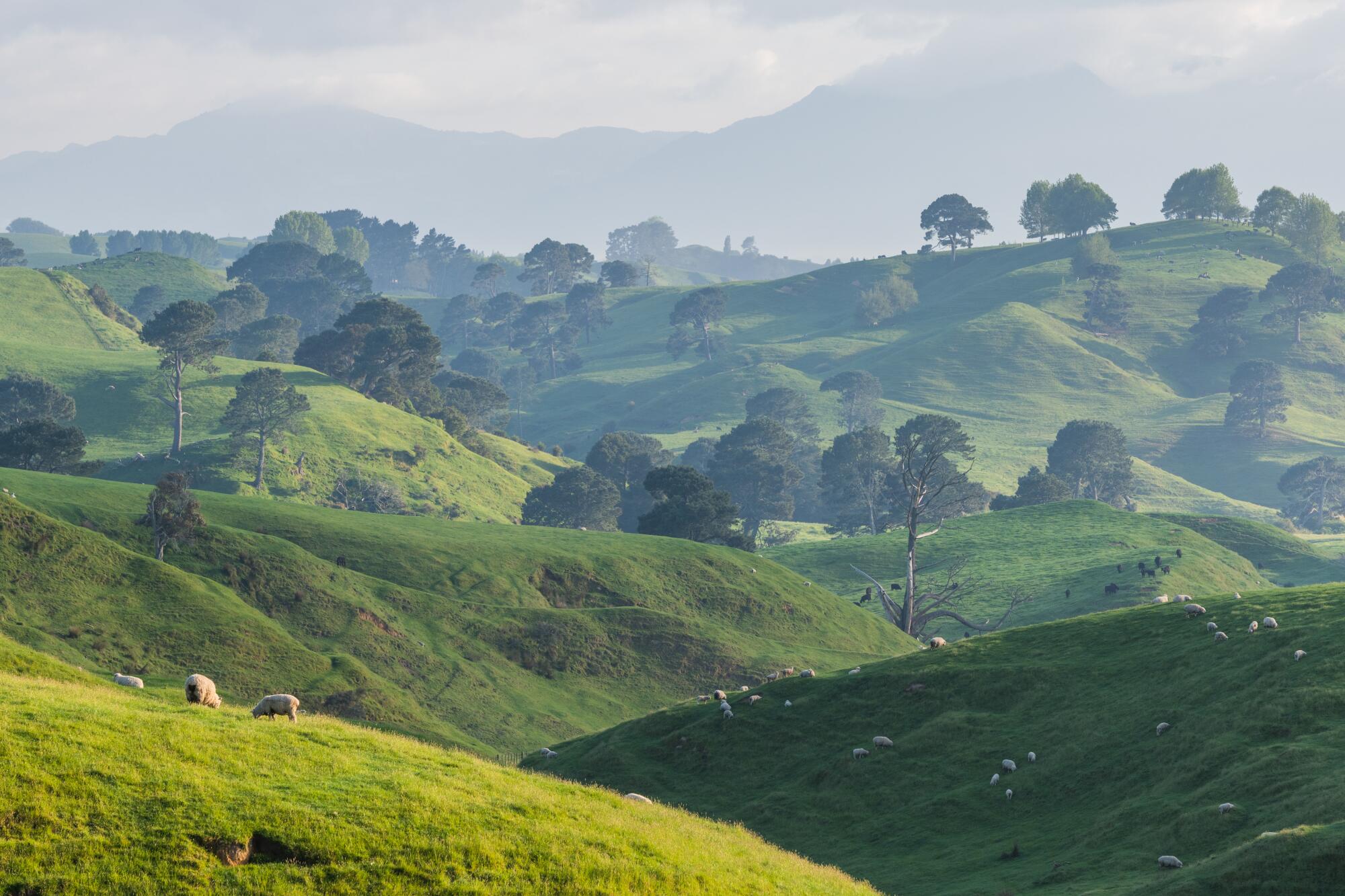
“It absolutely put us on the map,” said Jasmine Millet, head of creative industries at Tātaki Auckland Unlimited and an advocate for the region’s filmmaking industry. “People started thinking about New Zealand, wanting to visit New Zealand en masse in a way that they never would have without those films.
“The industry was already building up. That whole filmmaking process and that language of cinematic storytelling, all of that stuff was ready and ripe. What Peter and the team did was just absolutely take it to the next level.”
The three films, adapted from J.R.R. Tolkien’s novel “The Lord of the Rings,” combined for 30 Academy Award nominations and 17 wins and earned nearly $3 billion in worldwide box office receipts. It also pioneered new technologies in special effects and software systems and advancing the use of motion capture to animate digital characters.
The movies were so popular they inspired a second Oscar-nominated trilogy, “The Hobbit,” a decade later, which spurred its own tourism industry. The farmland that Jackson’s crew turned into Hobbiton, the fictional Middle-earth village where the films are set, has drawn as many as 650,000 visitors a year, making it one of the top attractions in a country that relied on tourism for about 20% of its export earnings, pre-pandemic.
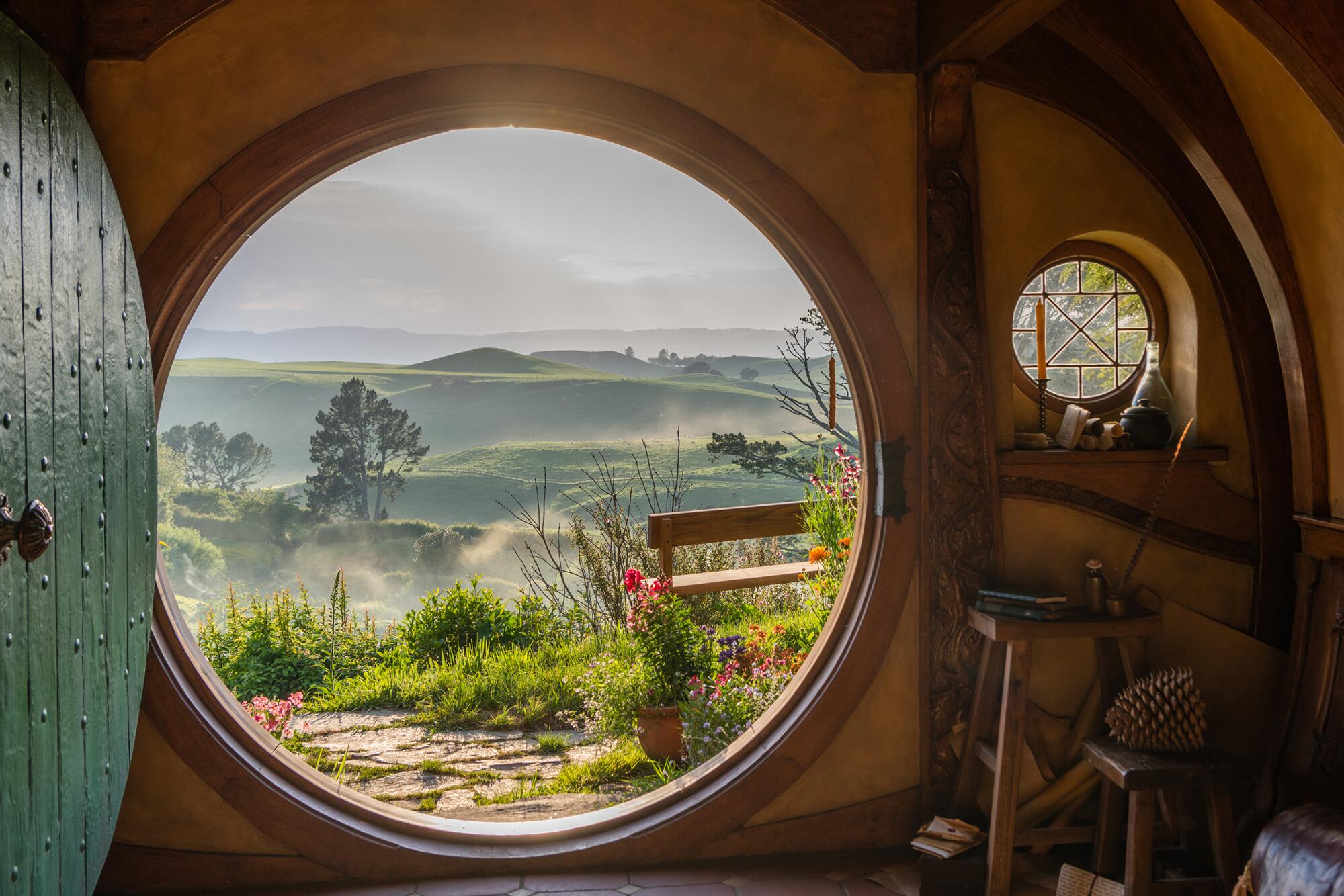
Before COVID-19, nearly one in five visitors said their decision to come to New Zealand was influenced by the hobbit films.
“The trilogy is just a big advertisement for New Zealand,” said Shayne Forrest, general manager for tourism at the 12-acre Hobbiton movie set. “The filmmakers that made these movies, Peter Jackson and all his team, they’re all New Zealanders. So it really got to showcase New Zealand as being a creative hub that could punch well above its weight in the international arena.”
The Prime Video series, nearing 100 million viewers for its first season, exemplifies the evolving nature of the hit TV show in the age of streaming.
Their success reversed an exodus that once saw successful filmmakers such as Campion and Lee Tamahori (“Once Were Warriors”) leave New Zealand to work in the U.S., Italy and the U.K. In 1998, the year Jackson began scouting locations for his Tolkien films, just five features made in New Zealand were released in theaters. Less than a decade later the country was turning out twice as many annually; among the major productions that followed “The Lord of the Rings” were “King Kong,” “Mission Impossible — Fallout,” Disney’s live-action “Mulan,” James Cameron’s two “Avatar” films and the first two installments of “The Chronicles of Narnia.”
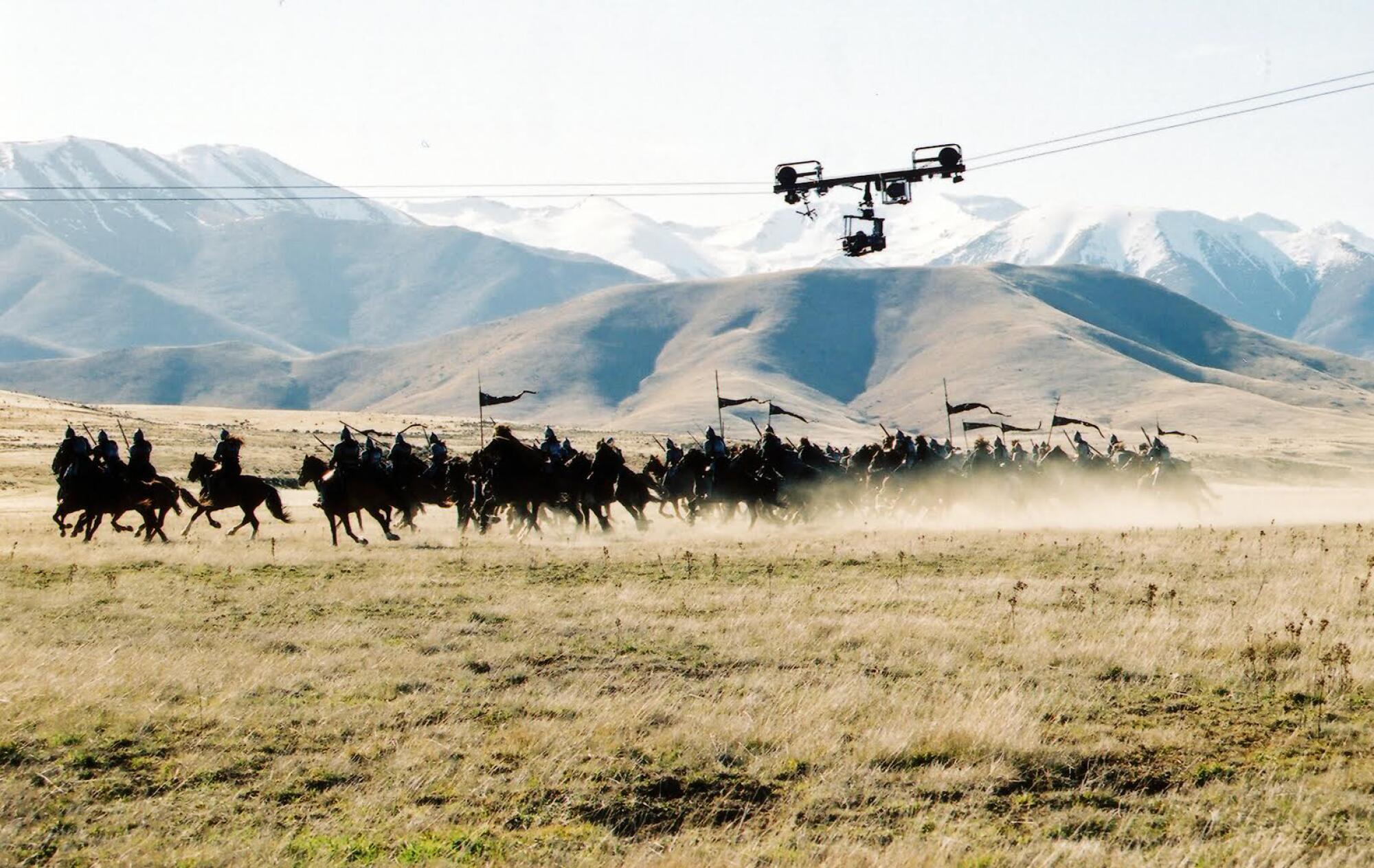
New Zealand’s film industry now generates about $2.08 billion in GDP annually.
Millet said the transition from so-called “swords and sandals” TV series such as “Xena: Warrior Princess” and “Hercules: the Legendary Journeys” to more substantial storytelling began with “The Piano,” which won three Academy Awards and was the highest-grossing New Zealand film of all time when it came out in 1993.
“It got us to thinking, ‘What are our stories? How do we work as filmmakers, what’s our unique take on this craft?’” she said of Campion’s film, which was shot largely in and around Auckland. “So when Peter came with the opportunity of ‘The Lord of the Rings’ films, he knew that there was this whole seedbed of talent that was already here and that had this way of working that was really a group of friends, in many ways, who wanted to bring their best in a super-creative way, workshopping ideas.
“That was the preparation, that gave him the confidence to say, ‘I can make this incredible trilogy at home. I don’t need to go somewhere else.’ And even though it blew everybody away, at some level from the New Zealand perspective, it was kind of like ‘Yeah, we know how to do this. This is in our blood.’”
For Jackson, it helped that Richard Taylor had become one of his friends. The two met in Wellington, Taylor said, when Jackson was still living at home with his parents and working on his first movie, the 1987 science-fiction comedy horror film “Bad Taste.”
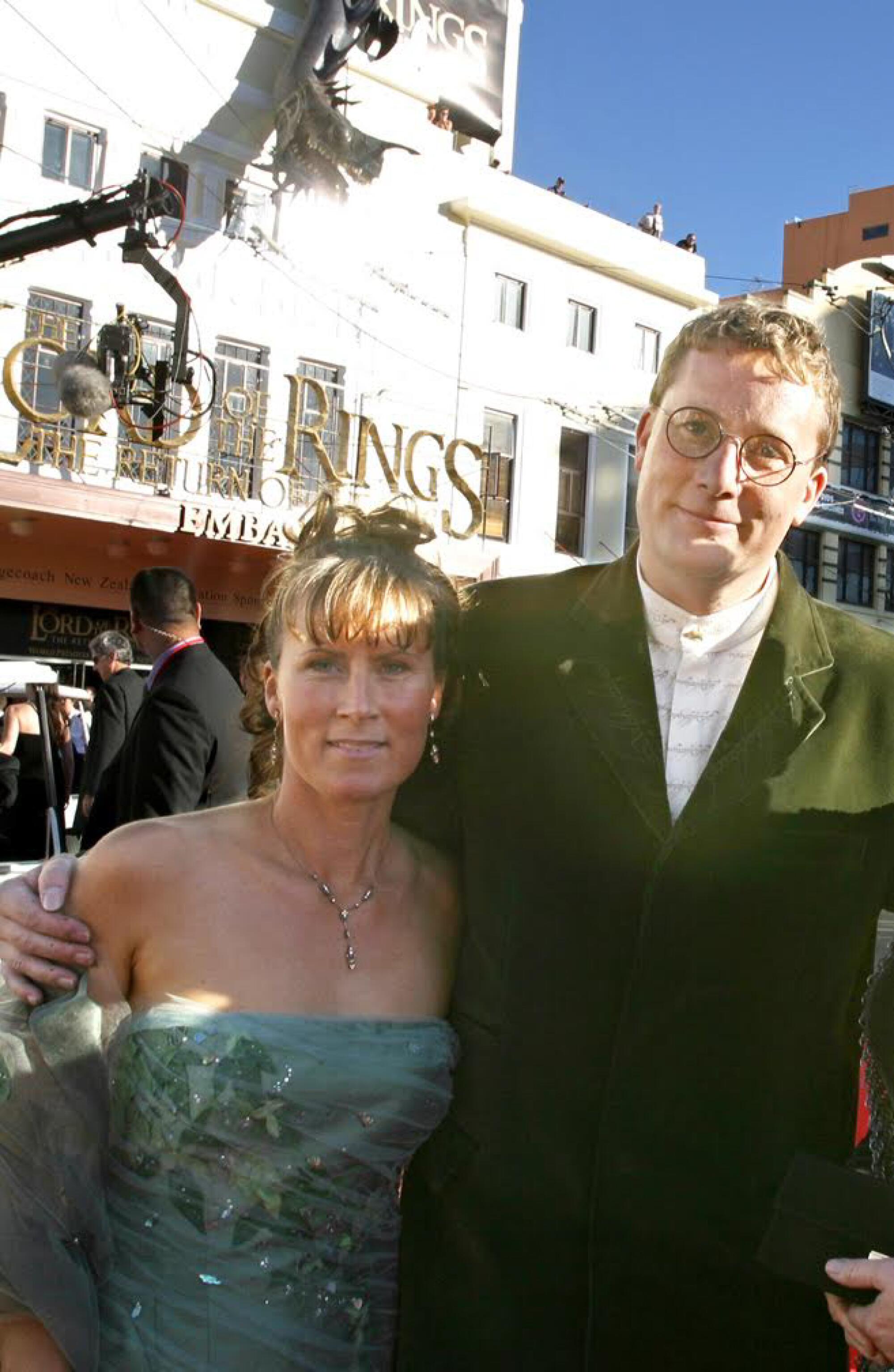
“He saw our work on television and, through a mutual friend, we were introduced to him,” said Taylor, who along with his wife, Tania Rodger, went on to work on Jackson’s second film, the low-budget 1989 black comedy “Meet the Feebles.” That work won Taylor and Rodger a New Zealand film award; after carefully wrapping the prize in napkins for the trip back to Wellington, Taylor turned to Rodger and said “we better treasure this moment, because it won’t get better than this.”
Of course, it didn’t exactly play out that way. After collaborating on Jackson’s next three films, “The Lord of the Rings” series brought Taylor’s Wētā Workshop — founded alongside Rodger and Jackson and named after a species of giant flightless cricket endemic to New Zealand — the first of its five Academy Awards. The statuettes, displayed in a floor-to-ceiling display case off the workshop’s main lobby alongside miniature collectibles Wētā Workshop created for films and other projects, have all had their nameplates removed.
“They say that I won them, but I didn’t win them. I collected them for a group of people back home,” said Taylor, who, like Jackson, was knighted in 2010 for his services to film in New Zealand.
Taylor and a staff of 36 were working out of a building they shared with an ice cream manufacturer when Jackson gave him his choice of creative departments for “The Lord of the Rings.” Taylor chose to look after the design and creation of armor, weapons, miniatures, special makeup effects and prosthetics, and though the average age of the Wētā Workshop staff was just 22 when they got going and only one-eighth of the crew had ever worked on a film or TV show before, the studio built more than 48,000 separate items for the trilogy.
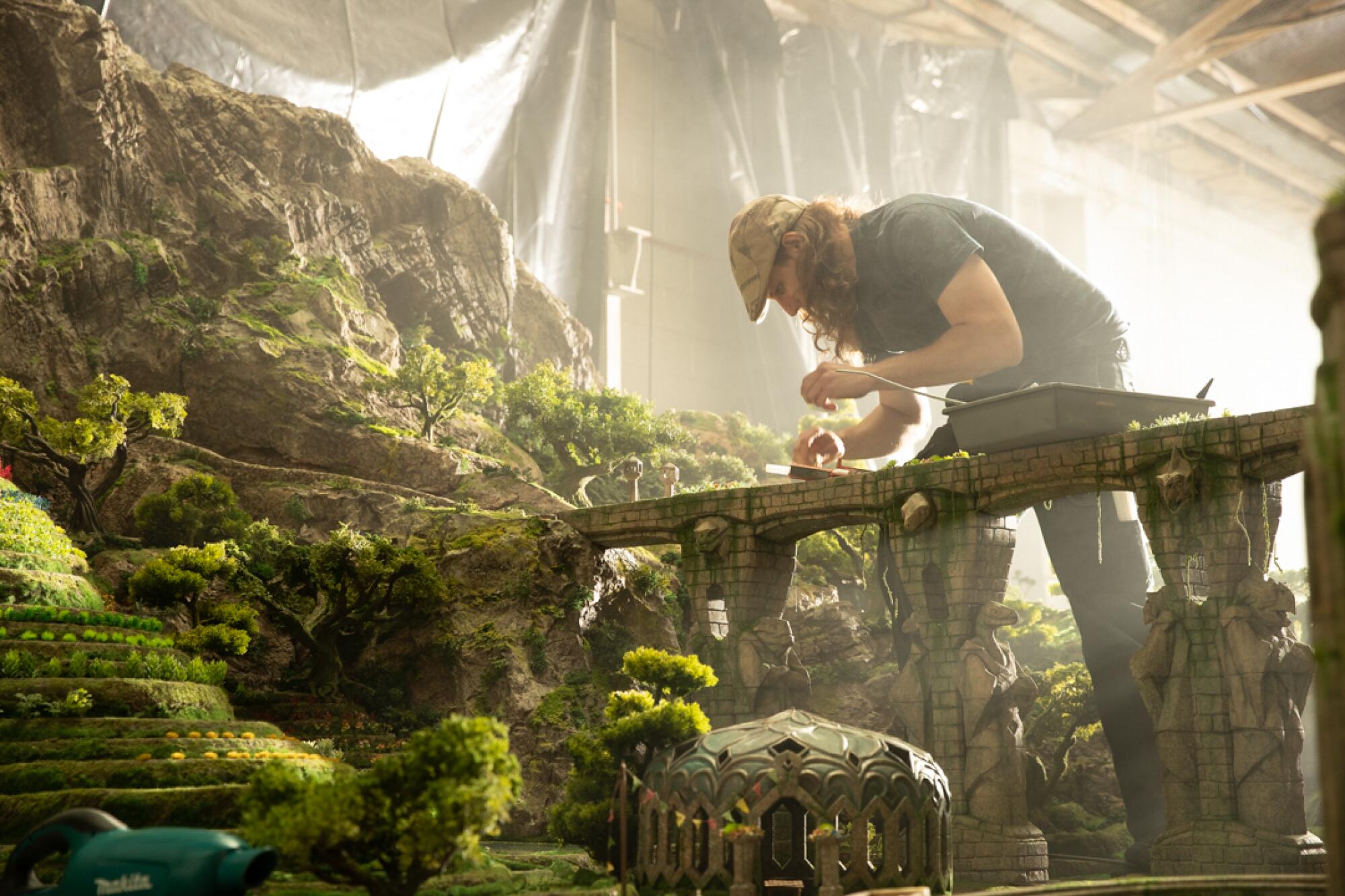
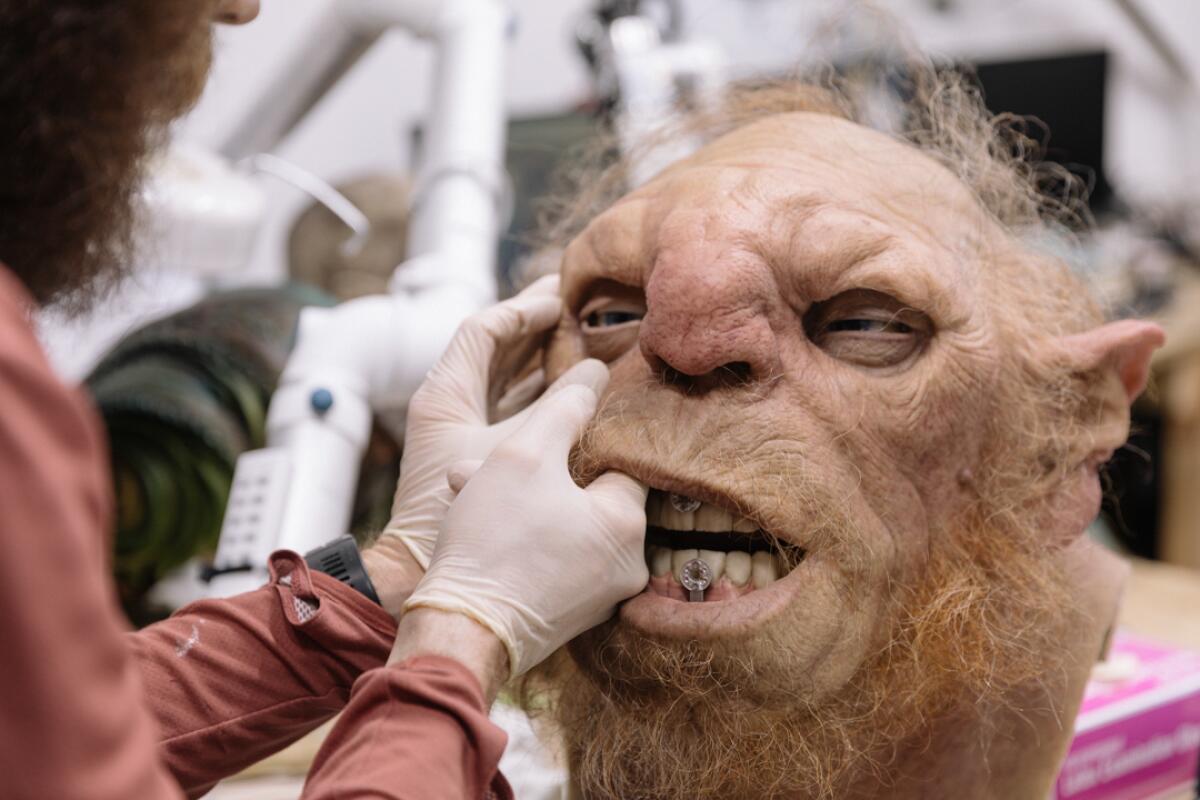
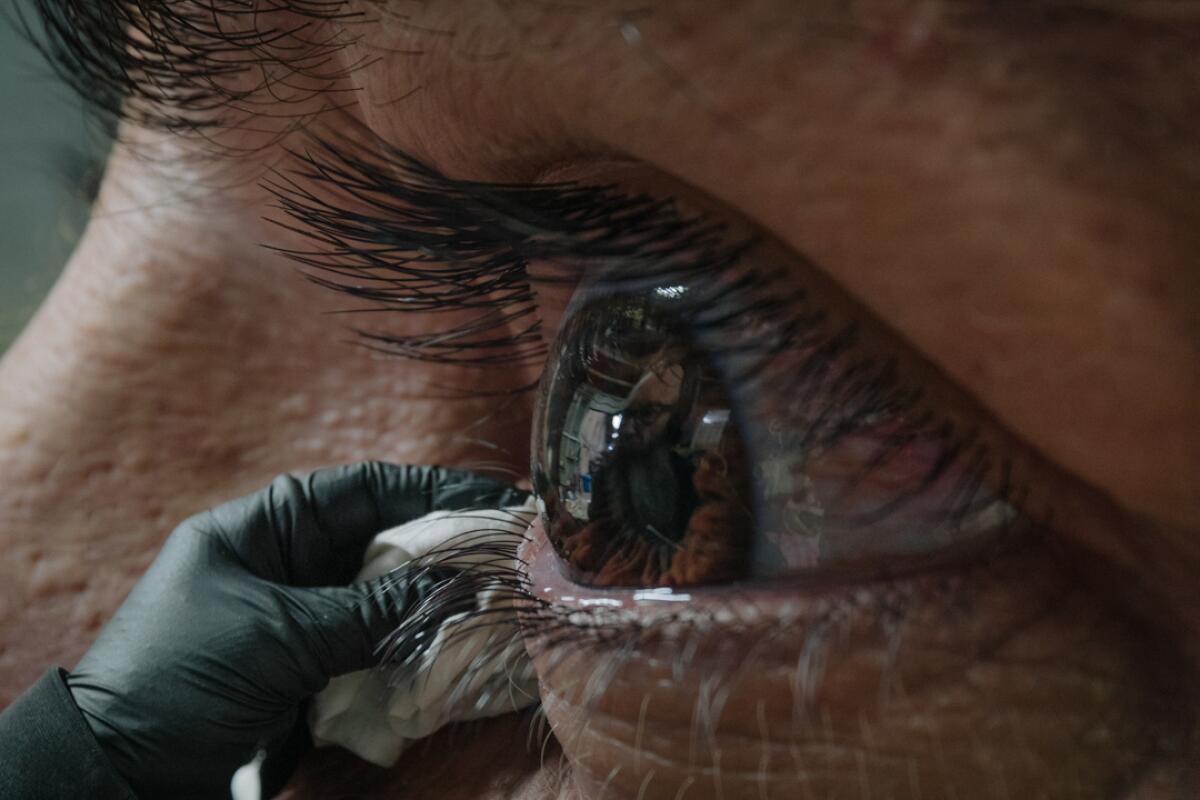
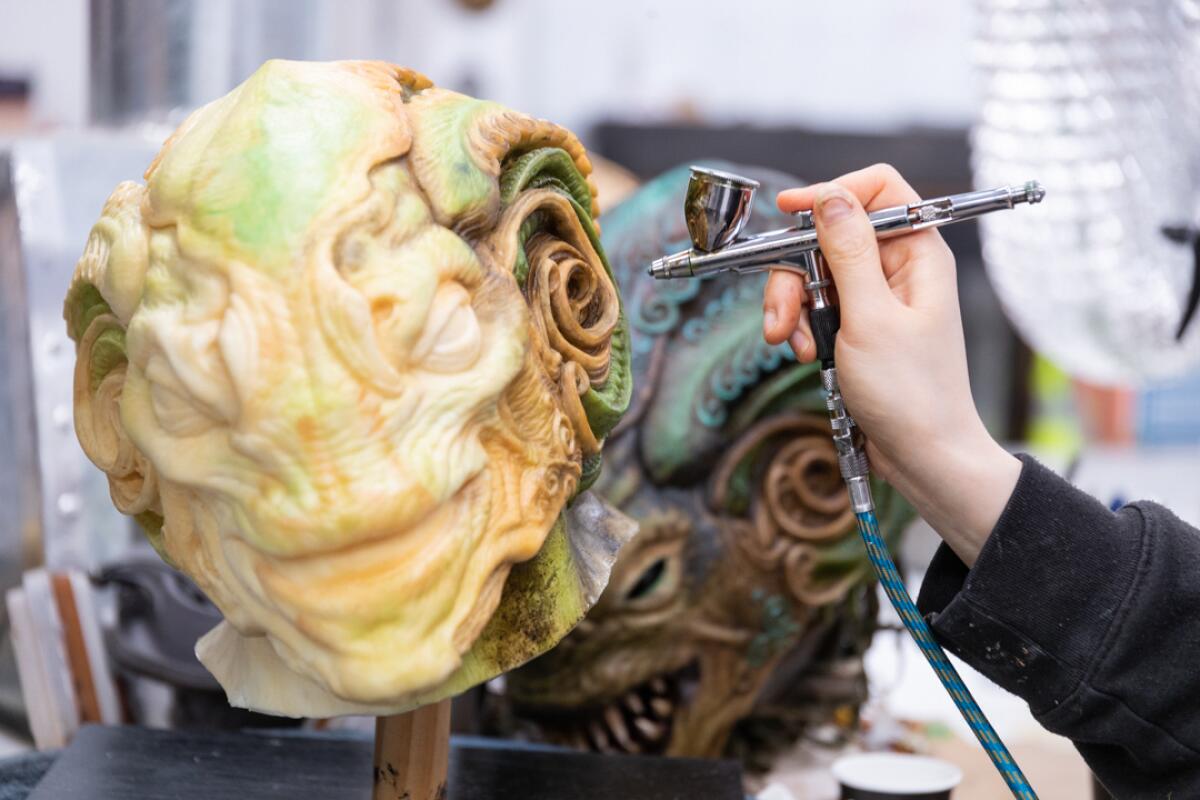
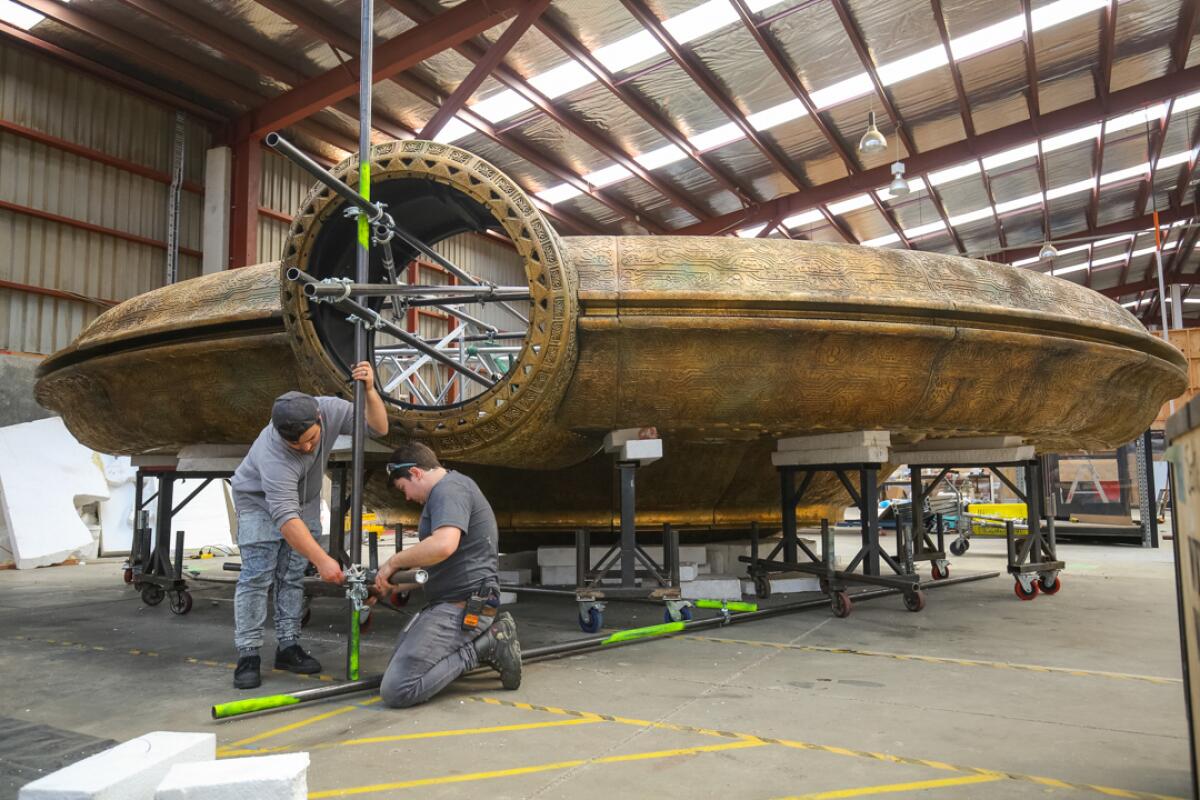
Artisans at work at Weta Workshop Unleashed in Auckland. (Weta Workshop)
“You teeter toward the edge of the cliff and you can either leap off with faith [and] hope the wind catches under your wings, or step back from the edge of the cliff,” Taylor said. “So yeah, it’s where ‘LOTR’ all started for us, when Peter gave us that magical phone call.”
My son and I have a very deep “Lord of the Rings” bond. We weren’t going to let a few thousand miles keep us from watching the Amazon prequel together.
Wētā Workshop now has a staff of approximately 400 working out of multiple buildings on Wellington’s Miramar peninsula, making everything from movie props to museum exhibits, consumer products, video gaming, sculptures and collectibles. For Taylor, who started the company that would become the Wētā Workshop with Rodger in a back room of the Wellington flat they shared, the workshop’s growth in both size and prestige was born of the same innovation and can-do spirit that fueled the rise of New Zealand’s film industry.
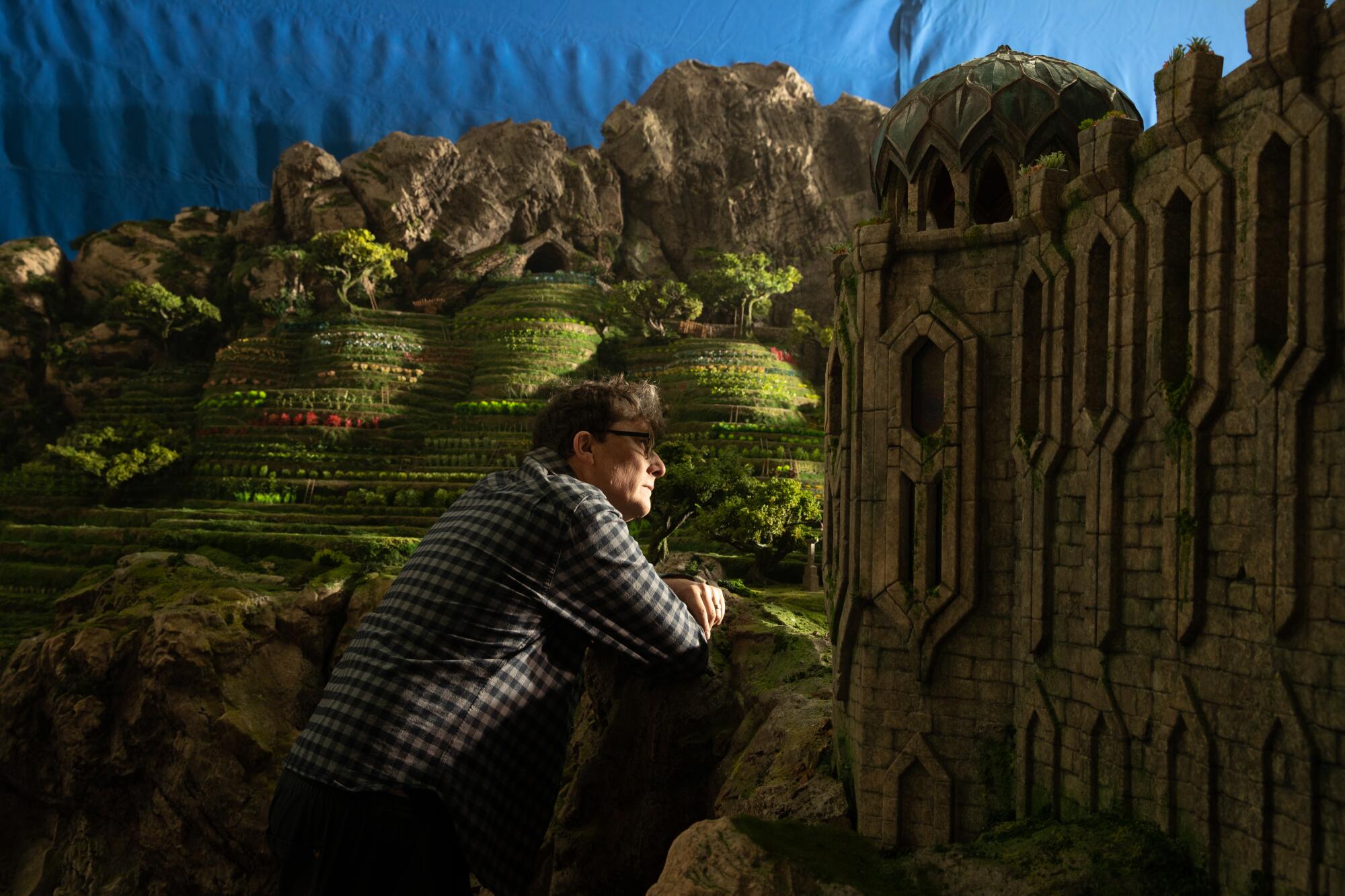
“Certainly Peter could have picked up and just headed off overseas and made films on the global circuit,” said David Wilks, general manager of the Wētā Workshop. “But this is where they wanted to put down roots and make a base. One of the things we’ve prided ourselves in is, we’ve now built a sustainable creative career for a whole bunch of artisans.”
“New Zealand had a film industry that had been around a long time,” Wilks continued. “But ‘Lord of the Rings’ supercharged what we could do on the world stage.”
It was the country that made the movie, Taylor insists, not the other way around.
“There’s no doubt that you could have made an adaptation of ‘The Lord of the Rings’ in any country with any film company with any populace. It just wouldn’t have been this ‘Lord of the Rings,’” he said.
“The benefits once you actually come to New Zealand are huge, the exchange rate being one of them,” he continued. “New Zealand crew still get together for the love of making a movie. They don’t get together because of the good business of working on a film. There’s a very fundamental difference in that.
“That’s something that resonates with film directors and producers that come from overseas. That can-do Kiwi spirit. There’s no ‘that’s impossible.’ You just don’t have that.”
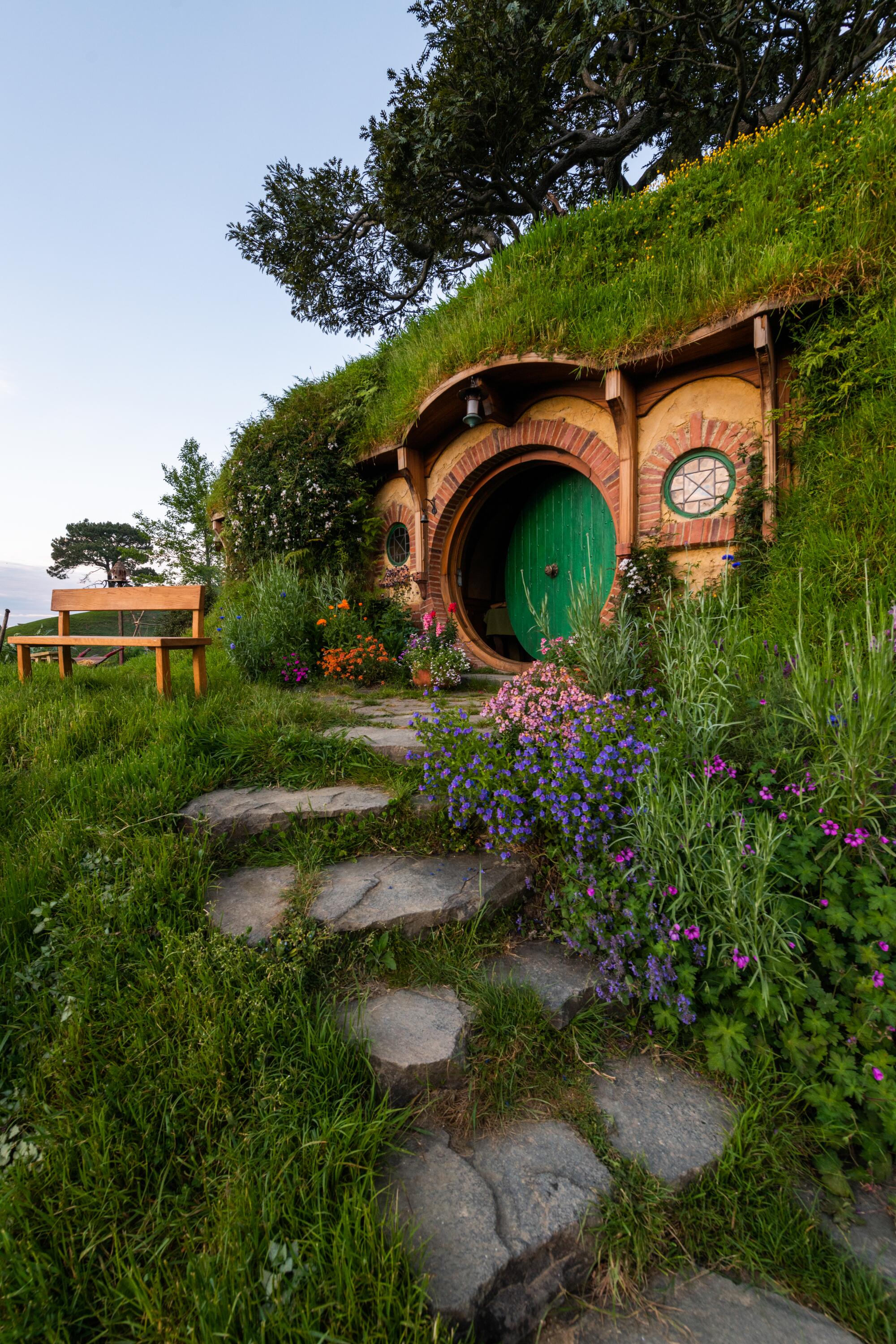
Nature, however, may have provided New Zealand’s filmmakers with their most valuable asset.
“The geographic benefit of New Zealand is that you can be in Wellington, with all the infrastructure necessary to make a major feature film [and with] 1½ hours’ flight, you can reach anywhere in the world... visually. The only thing that New Zealand doesn’t really do is sand-swept deserts,” Taylor said.
“Somewhere as diverse as Middle-earth, we’re on a journey from pastoral Hobbiton to apocalyptic Mordor. That demands that you are able to traverse an incredible diversity of environments. That’s what New Zealand could offer.”
The Times goes behind the scenes at San Diego Comic-Con with the cast of Prime Video’s spinoff, ‘The Rings of Power,’ in this exclusive photo essay.
What Jackson’s team was looking for the day their helicopter circled the Alexander family’s 1,250-acre sheep and beef farm, located at the base of Kaimai Range on New Zealand’s North Island, were unspoiled pastures, green rolling hills, gnarled trees and wet, foggy weather to stand in for the fictional Shire of the Tolkien novels. What they found was a location so remote, so pristine, that the New Zealand army was enlisted to build roads to get the filmmaker’s equipment in and out. The soldiers were then recruited to act in the movies’ battle scenes.
Soon enough, the films were inspiring fans to make pilgrimages to the tiny town of Matamata, a two-hour drive from Auckland, to pad around the farm — even though the sets built for the original trilogy were demolished when filming was finished. When Jackson returned 10 years later and asked the Alexanders for permission to film “The Hobbit” on their property, it came with a condition: This time, the structures built for the project had to be permanent. So the filmmakers left behind 44 hobbit holes, the Green Dragon Inn and dozens of other props, turning the farm into a proper tourist trap.
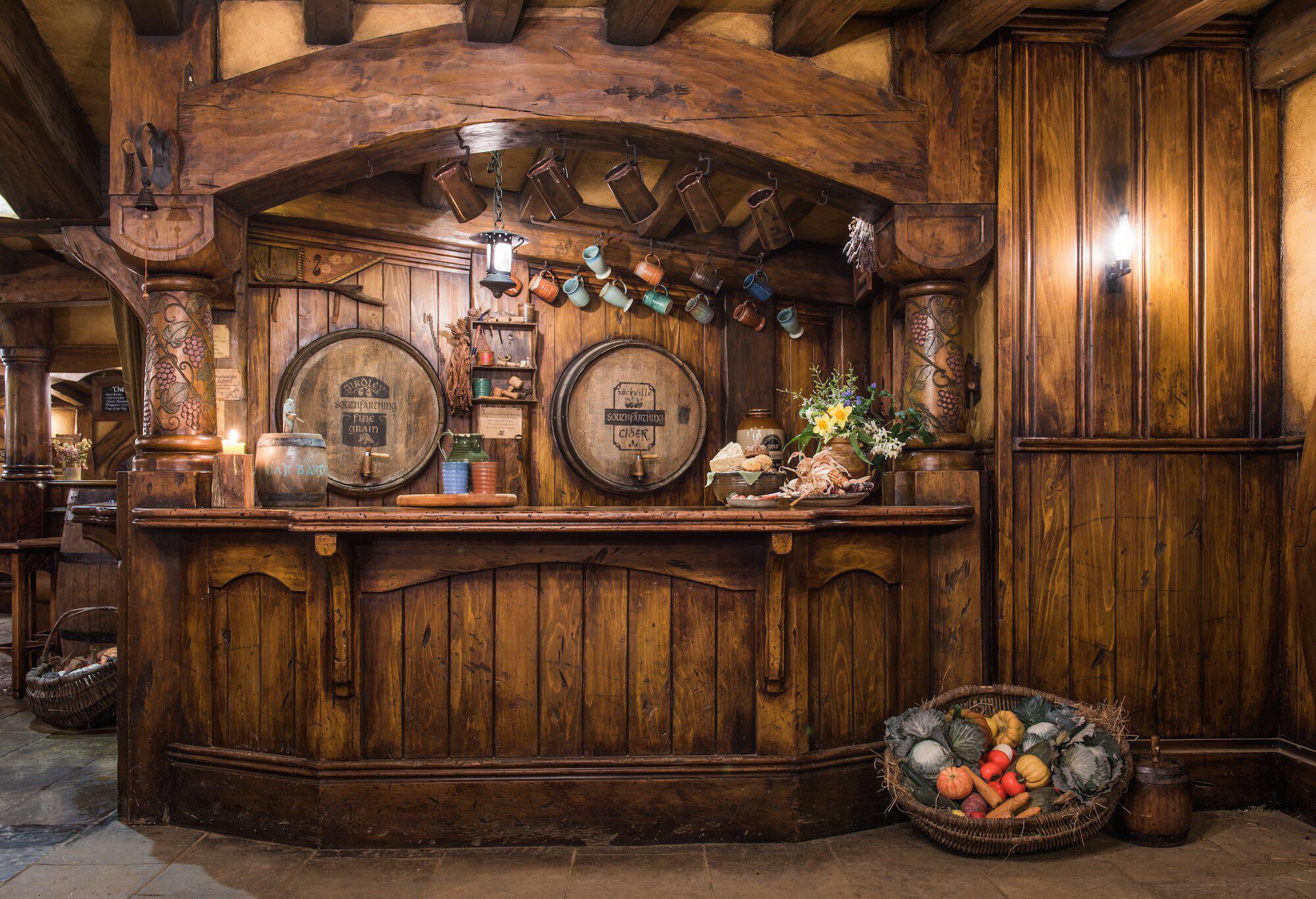
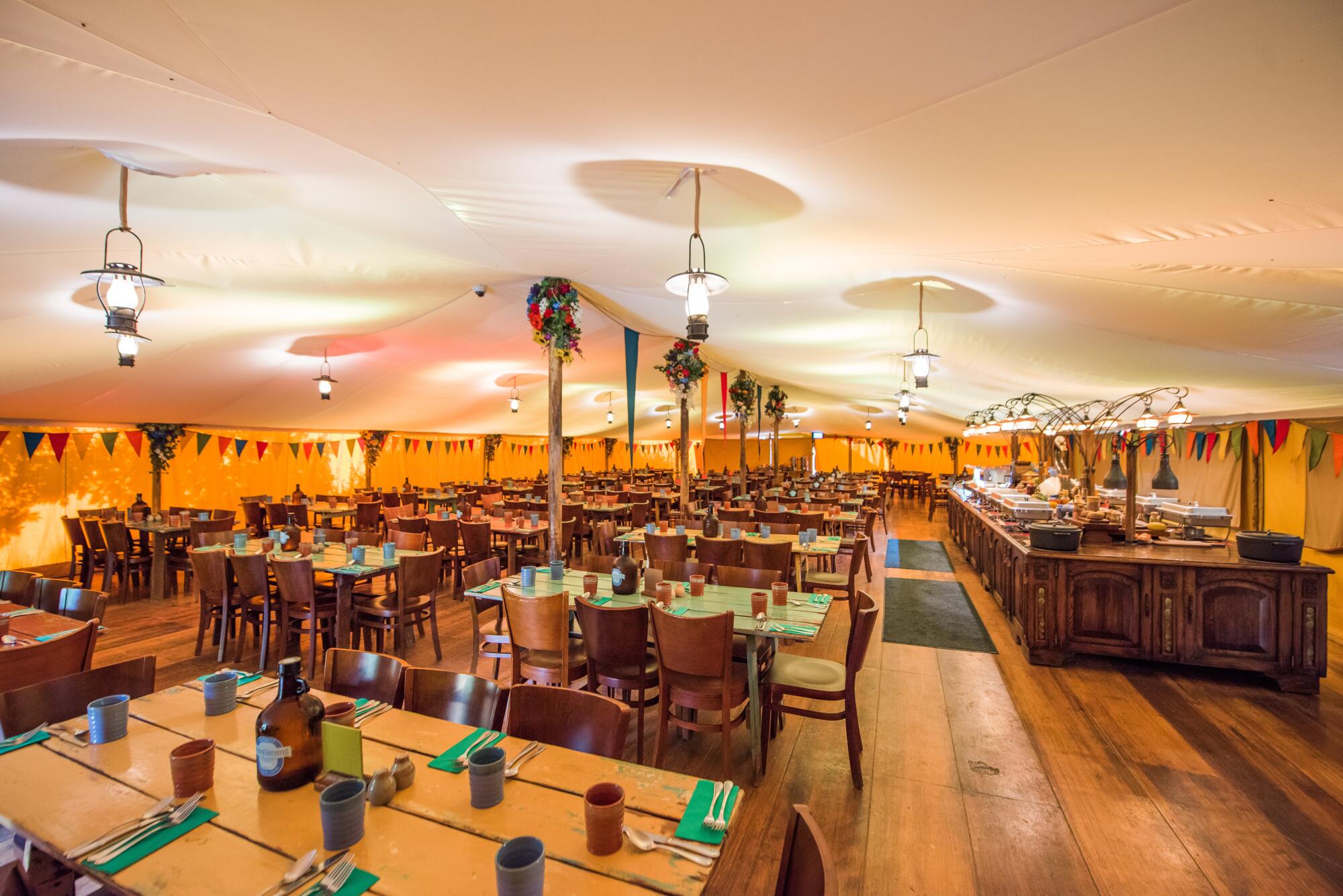
The hobbit films helped make Wētā Workshop a tourist destination as well. Years ago, when Taylor noticed tour buses were making regular trips to the workshop’s campus, he would step out of his office to answer questions from visitors. Someone on his staff quickly suggested a better way to get the Wētā Workshop story out would be to let the visitors in. The workshop now welcomes more than 165,000 visitors a year to its facilities in Wellington and tens of thousands more to Wētā Workshop Unleashed, an immersive look at the special-effects process, in Auckland.
One of those who came and stayed was Kate Malone, 42, who grew up in Ohio but fell in love with the natural beauty of rural New Zealand when she saw the first trilogy, making a pilgrimage there a dozen years ago to see it for herself.
“I knew I wanted to work in tourism with ‘Lord of the Rings,’” she said.
But the country needed social workers, not tour guides, so she became a social worker to qualify for a visa, then lived for a while in Auckland and Wellington before applying for permanent residency. When Jackson took out a newspaper ad for people shorter than 5-foot-3 to be hobbit extras in the second trilogy, Malone auditioned and got the part. Since then, she’s spent most of her time in Hobbiton, where she gives several two-hour tours each day.
Twenty years after the epic’s conclusion, the international interest Jackson’s trilogy sparked in New Zealand — including Malone’s — continues. Even for those who don’t arrive in Hobbiton fresh off an in-flight binge.
“We get people from all over the world,” she said. “Some of them are really big fans and some of them have never seen the movies.”
More to Read
Only good movies
Get the Indie Focus newsletter, Mark Olsen's weekly guide to the world of cinema.
You may occasionally receive promotional content from the Los Angeles Times.

